View all Standards for Georgia Performance Standards - Theatre Arts
TAHSAD.RE.1 Engage actively and appropriately as an audience member.
a. Examine the relationship between actor and live audience in history and contemporary performance.
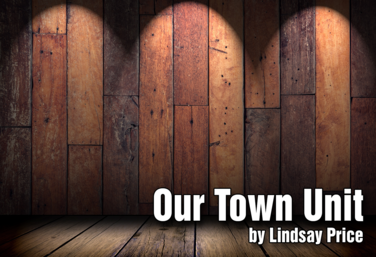
Our Town Unit
by Lindsay Price
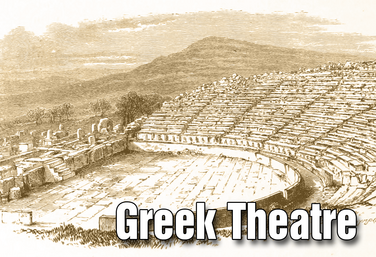
Part of the Drama One Curriculum
Ancient Greek Theatre
by Karen Loftus
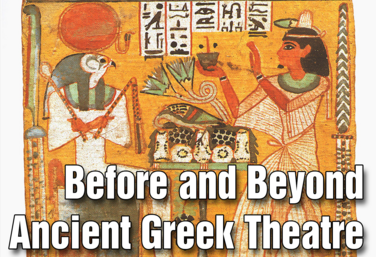
Part of the Theatre History Curriculum
Unit 1: Before and Beyond Ancient Greek Theatre
by Drama Teacher Academy
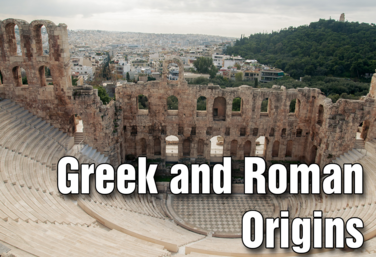
Part of the Theatre History Curriculum
Unit 2: Greek & Roman Origins
by Drama Teacher Academy
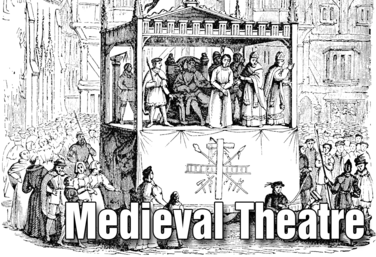
Part of the Theatre History Curriculum
Unit 3: Medieval Theatre
by Drama Teacher Academy
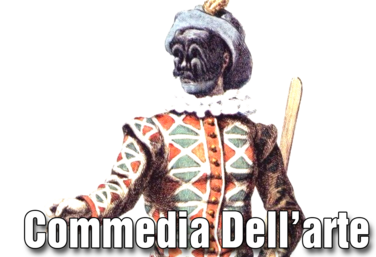
Part of the Theatre History Curriculum
Unit 4: Commedia Dell'Arte
by Drama Teacher Academy
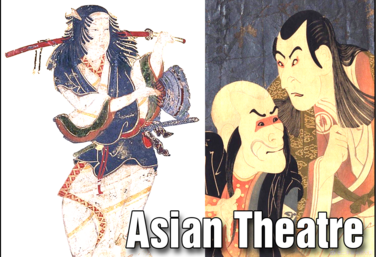
Part of the Theatre History Curriculum
Unit 5: Asian Theatre
by Drama Teacher Academy
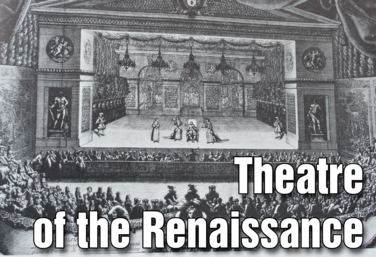
Part of the Theatre History Curriculum
Unit 6: Theatre of the Renaissance
by Drama Teacher Academy
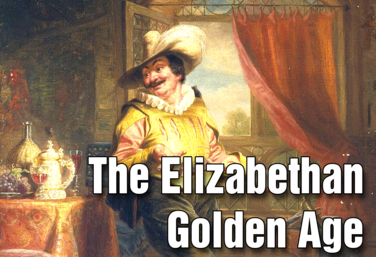
Part of the Theatre History Curriculum
Unit 7: The Elizabethan Golden Age
by Drama Teacher Academy
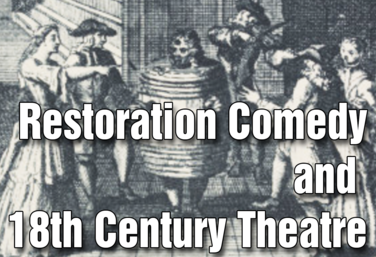
Part of the Theatre History Curriculum
Unit 8: Restoration Comedy & 18th Century Theatre
by Drama Teacher Academy
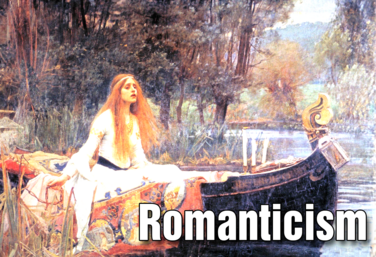
Part of the Theatre History Curriculum
Unit 9: Romanticism
by Drama Teacher Academy
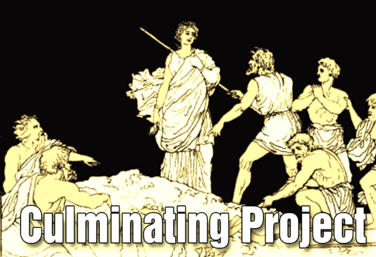
Part of the Theatre History Curriculum
Culminating Project
by Drama Teacher Academy
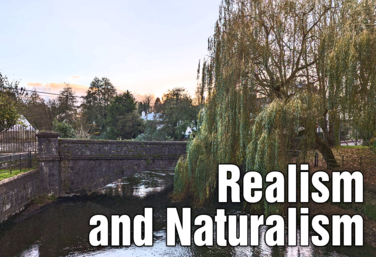.png)
Realism and Naturalism
by Drama Teacher Academy
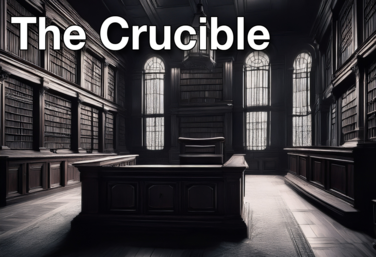
The Crucible Unit
by Lindsay Price
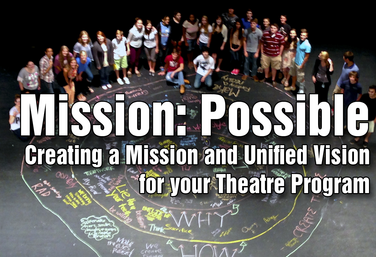
Mission Possible: Creating A Mission And Unified Vision For Your Theatre Program
by Amy Patel
View all Standards for Georgia Performance Standards - Theatre Arts Standards Master List